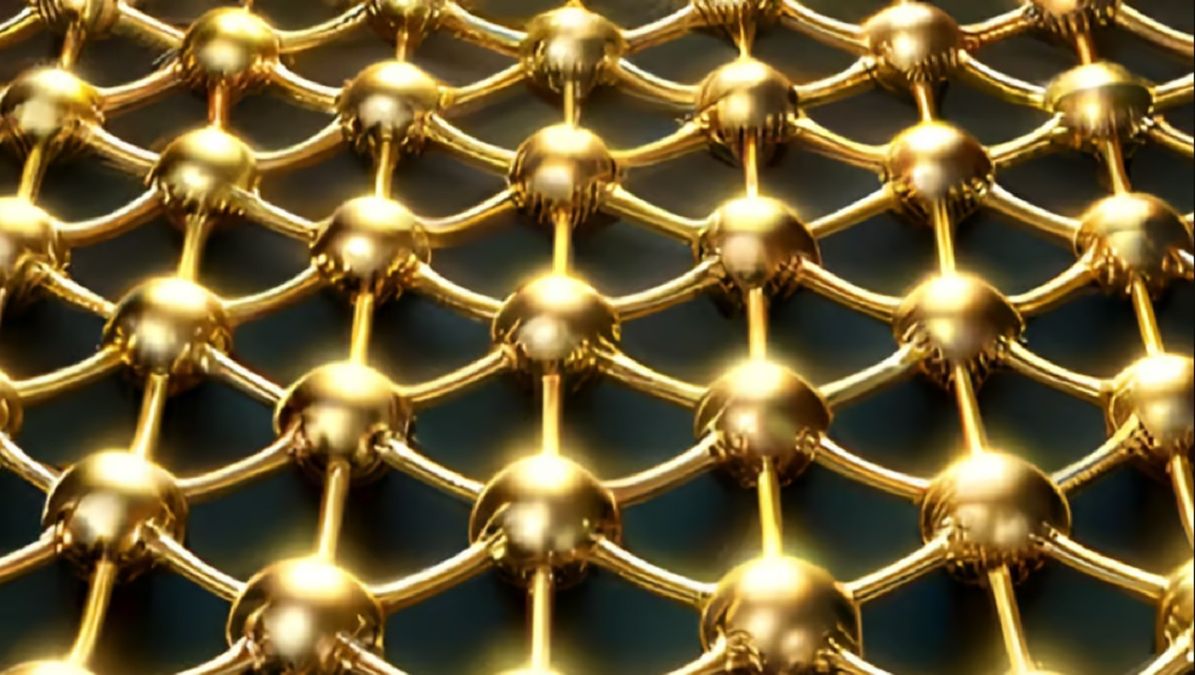Known for its exceptional conductivity and durability in harsh environments, gold has always been an important element in the production of microcircuits and electronics. But recent breakthroughs have revealed previously unknown possibilities for this precious metal and raised its appeal to even higher levels.
Thanks to careful chemical treatments, the researchers managed to produce a stable, atomically thin layer of pure gold similar to graphene, aptly named “gold.”
Opening details
This important discovery was the result of a series of serendipitous events intertwined with years of focused research.
Initially, scientists investigating materials such as titanium-silicon carbide (Ti3SiC2), known for its electrical conductivity, wanted to apply a gold contact to this substrate. However, under the influence of high temperatures, the silicon atoms in the material were unexpectedly replaced by gold atoms, and this was the beginning of a transformational journey.
Inspired by ancient Japanese crafts, specifically the use of Murokami reagent to engrave intricate patterns on blades, researchers have found the key to developing the newly discovered material.
By carefully adjusting the chemical ratios to avoid the formation of unwanted compounds and by precisely timing the etching process in complete darkness, they were able to completely dissolve the titanium and carbon, leaving behind a pure, atomically thin layer of gold.
![]()

Blue dots – titanium atoms, black – carbon, yellow – gold / Photo by Nature Synthesis 2024
To prevent the thin gold layer from warping or sticking together, scientists added a surfactant to the material, ensuring its stability for future applications. The resulting material promises to provide a new platform for innovation and research, revolutionizing not only electronics but also various areas of chemistry and materials science.
This discovery highlights the transformative power of intuition and interdisciplinary collaboration. By using gold’s unique properties at the atomic level, we are ready to open the door to many possibilities in semiconductor technologies.
– pointed out materials scientist Shun Kashivaya from Linköping University (LiU) in Sweden.














